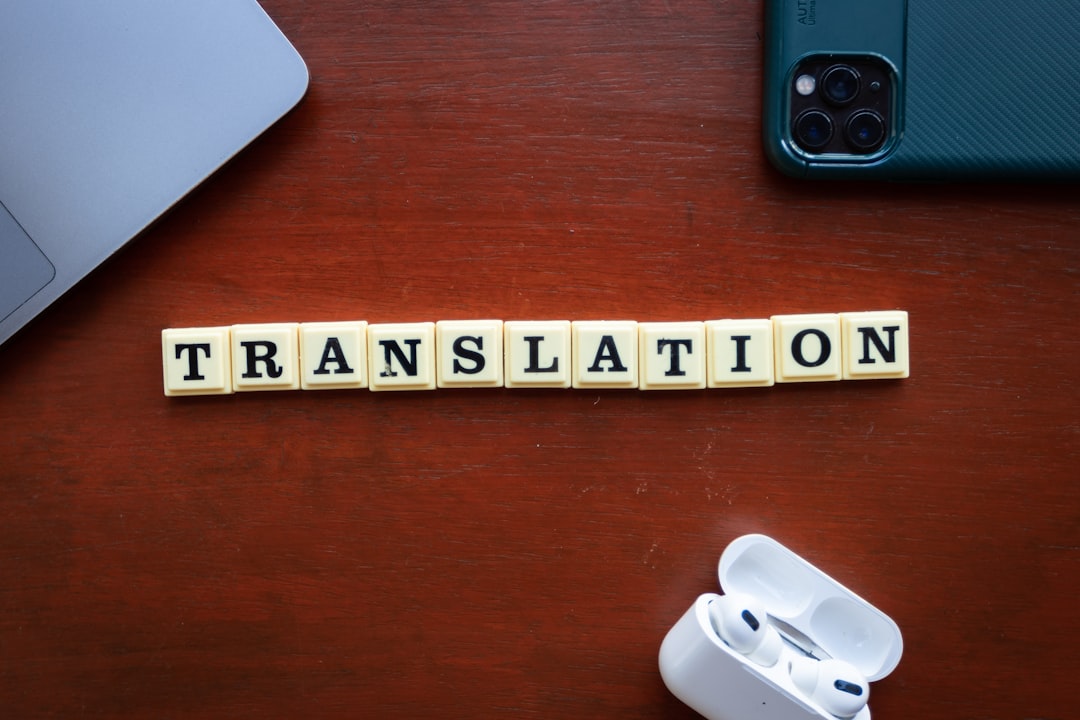“`html
AI-Powered Translation Breaks Barriers: A World Without Language Limits
The world is shrinking, and not in a literal sense. Thanks to advancements in Artificial Intelligence (AI), language barriers, which have historically separated cultures, businesses, and individuals, are crumbling at an accelerating pace. AI-powered translation is no longer a futuristic fantasy; it’s a present-day reality transforming how we communicate and interact globally.
Why This Matters: The Untapped Potential of Global Connection
For centuries, the inability to easily understand each other has limited collaboration, understanding, and progress. Imagine the possibilities unlocked when anyone, anywhere, can seamlessly connect with anyone else, regardless of their native tongue. This isn’t just about convenience; it’s about:
- Economic Growth: Businesses can tap into new markets, collaborate with international teams effortlessly, and access a wider talent pool.
- Educational Opportunities: Knowledge becomes universally accessible, breaking down barriers to learning and fostering global understanding.
- Cultural Exchange: Art, literature, and perspectives from diverse cultures can be shared and appreciated worldwide, enriching our collective human experience.
- Humanitarian Aid: During crises, effective communication can be the difference between life and death. Accurate and rapid translation is critical in coordinating aid efforts and reaching affected populations.
The Impact: From Clunky to Seamless
Remember the early days of online translation? Garbled sentences, nonsensical phrases, and comical misinterpretations were the norm. While those systems had good intentions, they often relied on simple word-for-word substitutions. Today’s AI translation engines, particularly those powered by large language models (LLMs) like GPT-4, are a completely different beast.
Understanding Context is Key
The significant leap forward lies in the AI’s ability to understand context. These models are trained on massive datasets of text and code, allowing them to analyze not just individual words, but entire sentences, paragraphs, and even the overall tone and purpose of the communication. This leads to translations that are not only grammatically correct but also culturally sensitive and nuanced.
Real-Time Translation and Beyond
The impact extends far beyond translating written text. We’re seeing the rise of real-time translation in various forms:
- Instant Chat Translation: Tools like Google Translate and Microsoft Translator can automatically translate messages in real-time, allowing seamless conversations between people speaking different languages.
- Live Video Conferencing: Platforms are integrating AI-powered translation to provide live captions and translations during video calls, bridging the language gap in meetings and conferences.
- Speech-to-Speech Translation: Imagine a device that instantly translates your spoken words into another language, allowing you to have natural conversations with anyone, anywhere. This technology is rapidly evolving and becoming more accurate.
Examples in Action
Consider these real-world scenarios:
- A doctor in the US can consult with a specialist in Japan, understanding complex medical terminology in real-time.
- A small business owner in France can easily communicate with customers in China, expanding their reach without the need for expensive human translators.
- Students in India can access online courses from top universities worldwide, breaking down geographical and linguistic barriers to education.
Future Outlook: The AI Translation Revolution Continues
The future of AI translation is bright, with several exciting developments on the horizon:
Improved Accuracy and Fluency
AI models are constantly being refined and improved, leading to even more accurate and fluent translations. As these models are exposed to more data and feedback, they will become even better at understanding the nuances of language and producing translations that are indistinguishable from those created by human experts. Expect continuous improvements, especially in handling idiomatic expressions and cultural references.
Personalized Translation
Imagine translation tools that adapt to your individual communication style and preferences. AI could learn your vocabulary, tone, and even your sense of humor, providing personalized translations that feel natural and authentic. This level of personalization will enhance communication and foster stronger connections.
Universal Accessibility
The goal is to make AI translation universally accessible, regardless of income or location. This means developing affordable and user-friendly tools that can be used by anyone, anywhere. Free or low-cost translation apps and services will become increasingly prevalent, empowering individuals and communities around the world.
Overcoming the Limitations: Imperfect, But Improving
It’s important to acknowledge that AI translation is not perfect. Current systems can still struggle with complex or ambiguous language, and occasional errors are inevitable. However, the technology is rapidly improving, and the benefits far outweigh the limitations. Moreover, the advancements are built upon a foundation of human involvement. AI still struggles to capture subtle nuances of human communication and often needs to be reviewed by an expert. As the technology continues to evolve, human-in-the-loop approaches will remain crucial for ensuring accuracy and cultural sensitivity.
The shift to AI-driven translation also has the potential to disrupt the traditional translation industry. While the demand for highly specialized and nuanced human translators for fields like legal or medical will likely remain steady, the need for generalist translation services could diminish. However, this shift also presents an opportunity for human translators to upskill and focus on higher-value tasks, such as quality assurance, editing, and cultural adaptation.
While some argue that widespread AI translation could diminish the incentive to learn new languages, the opposite could prove true. As language barriers become less of a hurdle, people may be more inclined to engage with different cultures and, consequently, develop a greater appreciation for language learning. AI translation could serve as a gateway, sparking curiosity and motivating individuals to delve deeper into the intricacies of other languages and cultures.
Ultimately, AI-powered translation is a transformative technology with the potential to reshape our world. By breaking down language barriers, it can foster greater understanding, collaboration, and progress across cultures, businesses, and communities. As the technology continues to evolve, we can expect even more exciting developments and a future where communication is truly seamless and universal. This technological wave is only getting bigger, as the BBC reports, AI translation is rapidly approaching human-level accuracy. And this has a profound impact, according to Reuters, on the dominance of English as a global language.
“`

